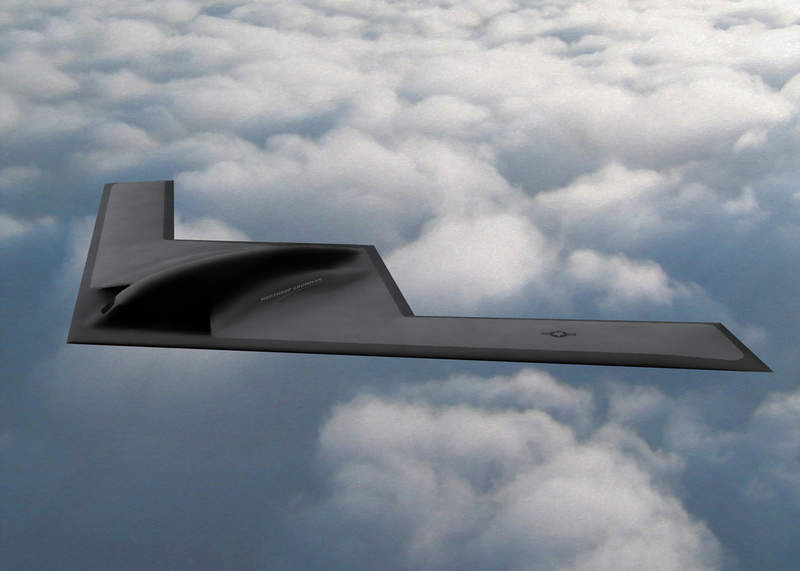
The US Air Force (USAF) has conducted a weapon system critical design review (CDR) of the next-generation B-21 Raider long-range strike bomber.
During the CDR the USAF assessed whether the bomber’s design is stable and mature. It acted as a multi-disciplined technical review.
Run by the Air Force Rapid Capabilities Office, the B-21 Raider programme entered the engineering and manufacturing development phase nearly three years ago.
US Air Force Secretary Heather Wilson said: “The B-21 Raider programme is on the right track to make continued progress over the next few years as it now transitions from the design phase into a robust manufacturing phase that will ultimately produce our first B-21 test aircraft.”
B-21 programme executive officer Randall Walden added: “This critical design event is key to maturing the design of the new bomber and to identifying risks that are consistent with all large acquisition programmes across the DoD.
“We are excited about where the programme is today and we’re looking ahead to actively manage the programme to first flight.”

US Tariffs are shifting - will you react or anticipate?
Don’t let policy changes catch you off guard. Stay proactive with real-time data and expert analysis.
By GlobalDataThe bomber aircraft is being developed with the capability to penetrate air defences and carry out a wide range of critical missions.
Northrop Grumman’s facility in Melbourne, Florida, US, is serving as the design and development headquarters for the aircraft.
Capable of carrying mixed conventional and nuclear payloads, the B-21 Raider will replace B-1 Lancer and B-2 Spirit aircraft starting in the mid-2020s.
In a separate development, the USAF has granted approval to the Air Force Nuclear Weapons Center to move the B61-12 nuclear gravity bomb’s new guided tail-kit assembly into the next phase for production.
It is the latest variant of the B61 family of air-launched nuclear gravity bombs and is intended to improve the nuclear capabilities of the USAF and allied nations.
The bomb can be air-launched by B-2A, F-15E, F-16C/D, F-16 MLU, and PA-200, as well as platforms such as F-35 and B-21.



